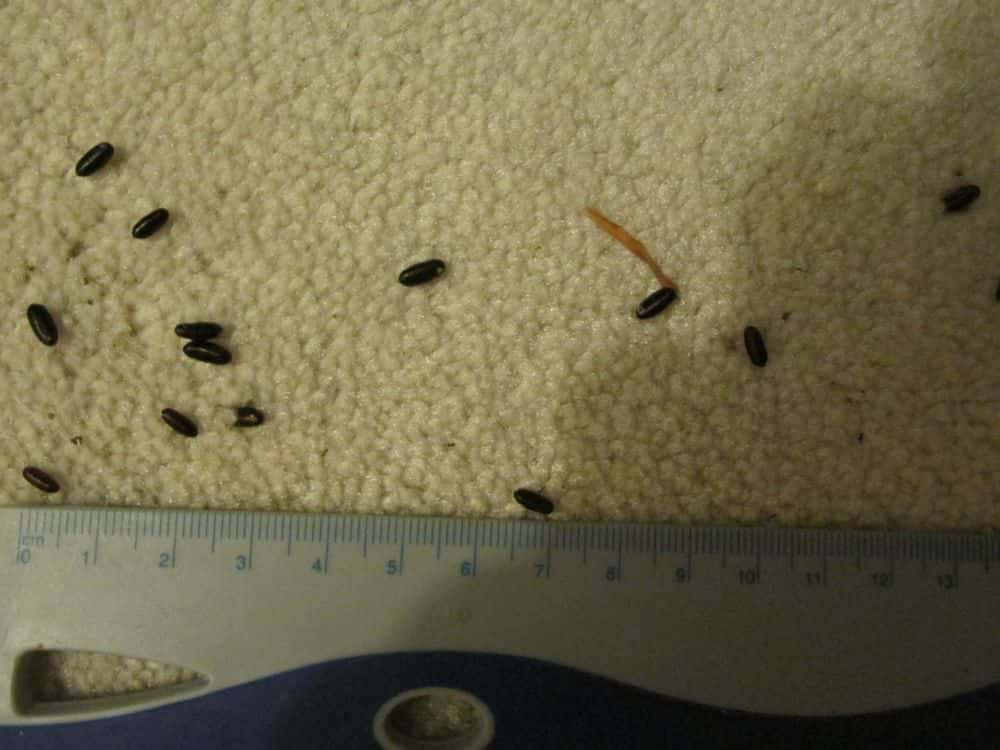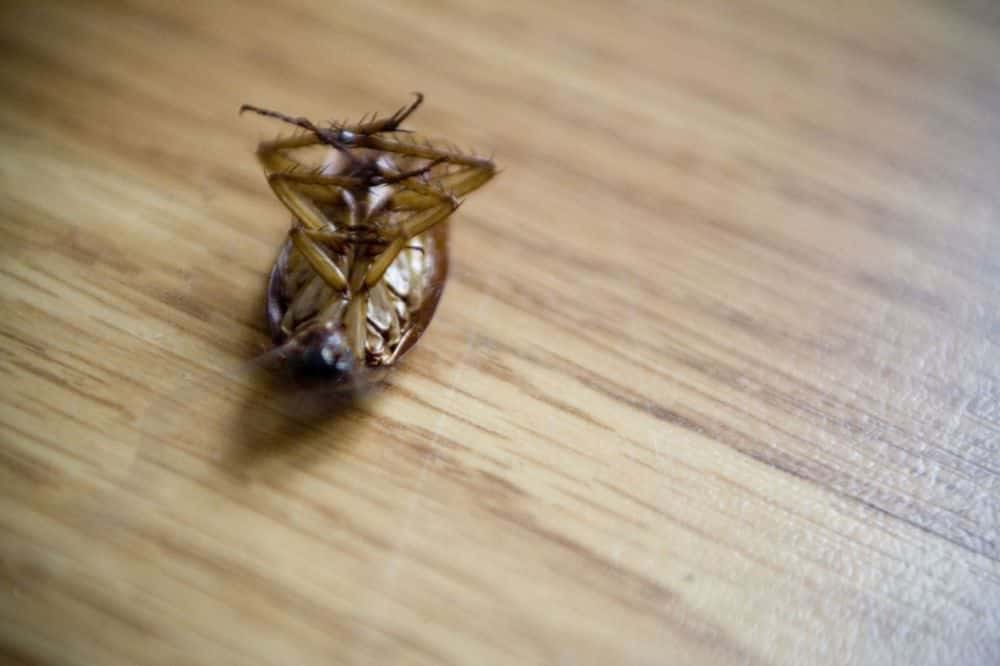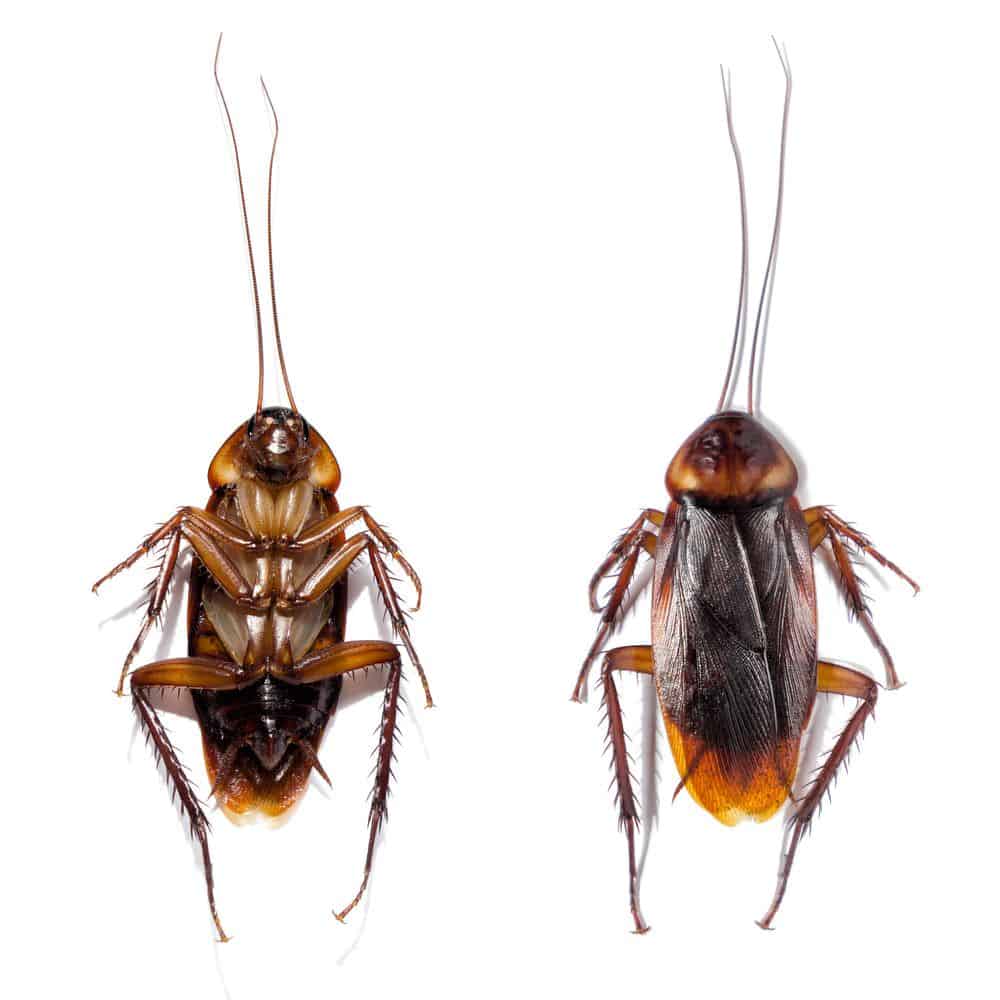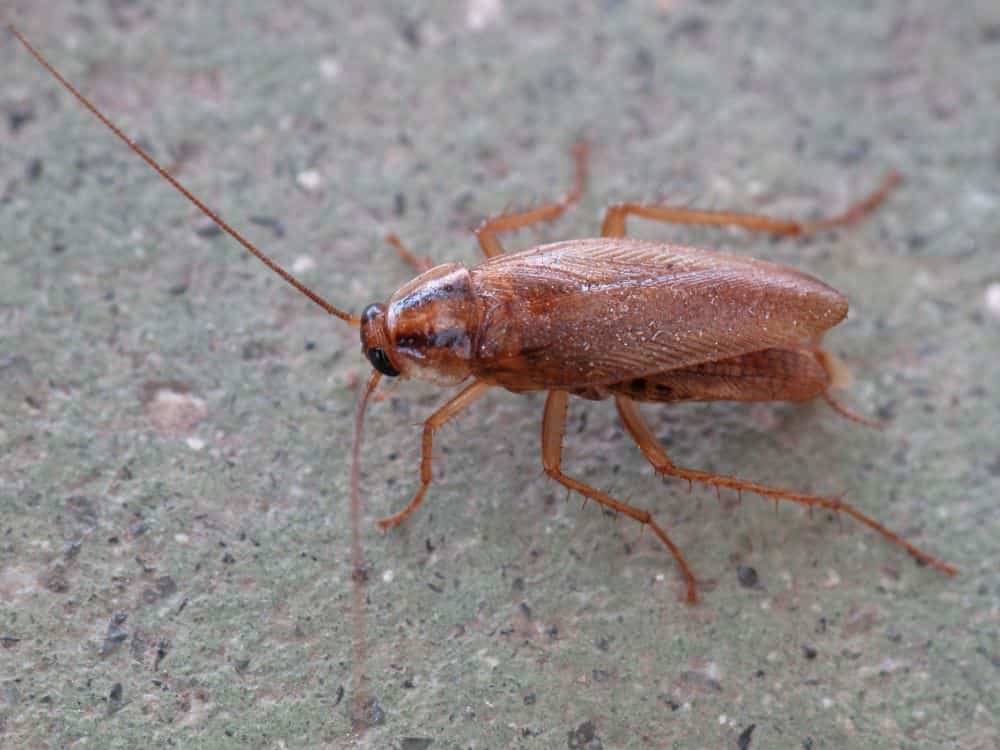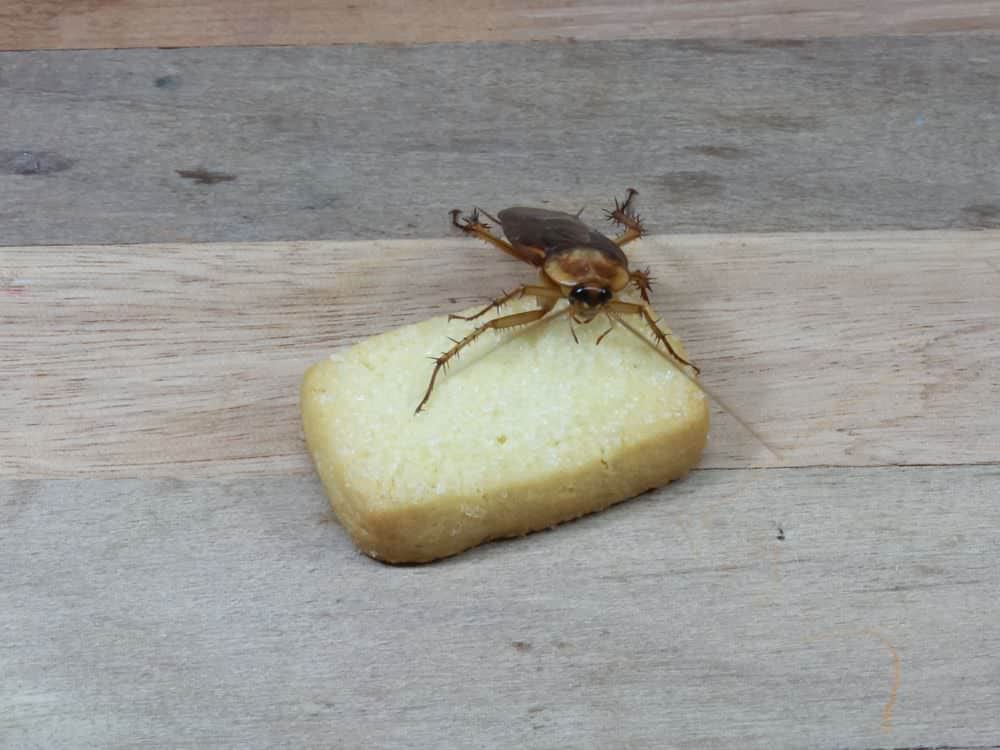Do Roach Bombs and Foggers Actually Work?
Detonating the roach bombs may seem like the obvious solution to your cockroach infestation problem. There are, however, times when it is better to leave them in your cabinet.
Cockroaches have been around for more than 320 million years. These tough, survivalist pests have various ways to get inside your home. Before you discharge the toxic bomb, let’s answer a few questions. Are they effective, and how do they work?
How Do Roach Bombs & Roach Foggers Work?
Roach bombs or foggers are cans filled with certain chemicals that are known to kill cockroaches and other unwanted crawlers. These work by diffusing a large amount of pesticide inside a room, thereby supposedly killing the unwanted guests.
The roach bomb or fogger should ideally stand on a table or chair in the center of a room. Once in position, you can activate it. Depending on the brand, this may involve pressing or removing a tab.
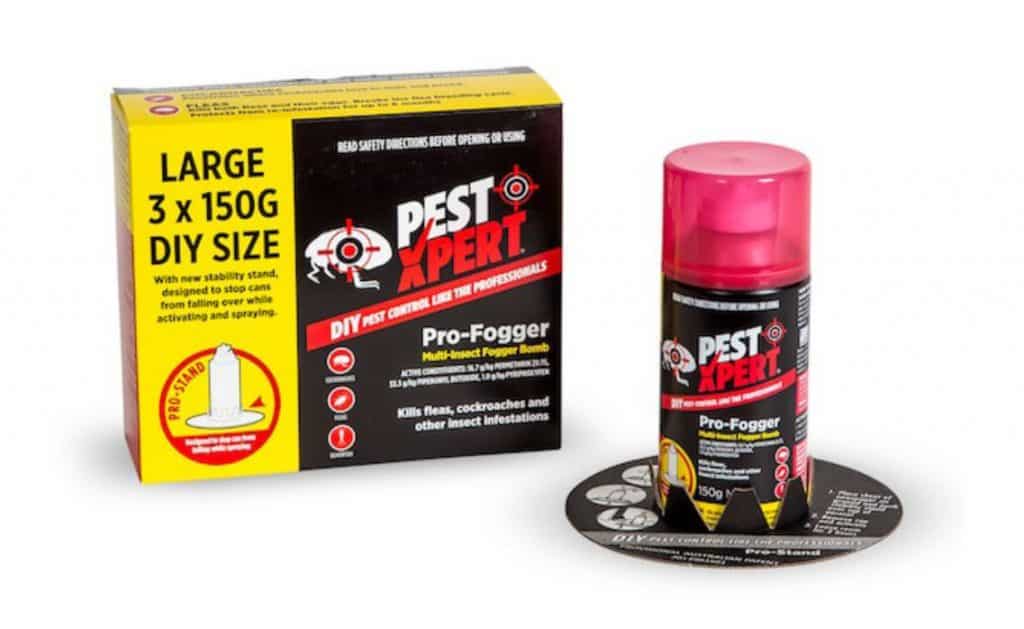
Once activated, all contents from within the can will immediately be released upwards and will be dispersed in a matter of minutes. The pesticide fills the surrounding air, and as the droplets fall to the ground, they cover any nearby surfaces. The aerosol fumes will remain a while before disappearing entirely, generally within a couple of hours.
Depending on the brand, the can contains an array of chemicals, most of which are very toxic to humans. Organophosphates and carbamates are two examples. These can interfere with, and cause damage to, the nervous system. Other compounds may be harmful to the eyes, the respiratory system or the endocrine system.
Before you decide to diffuse the fogger, make sure you plan ahead. Cockroaches are nocturnal, meaning they come out after dark to scavenge your floors for a possible meal. Although they thrive at night, avoid using the bomb while people are sleeping inside the home. The fog can potentially reach bedrooms where your family members may be sleeping. Instead, pick a time when the house is empty for the day.
How Effective Are They?
The effectiveness of roach bombs differs. The pesticides within them are capable of killing nearby pests for sure. However, unless the cockroaches are outside of their hiding spots, the fog can’t actually reach them.
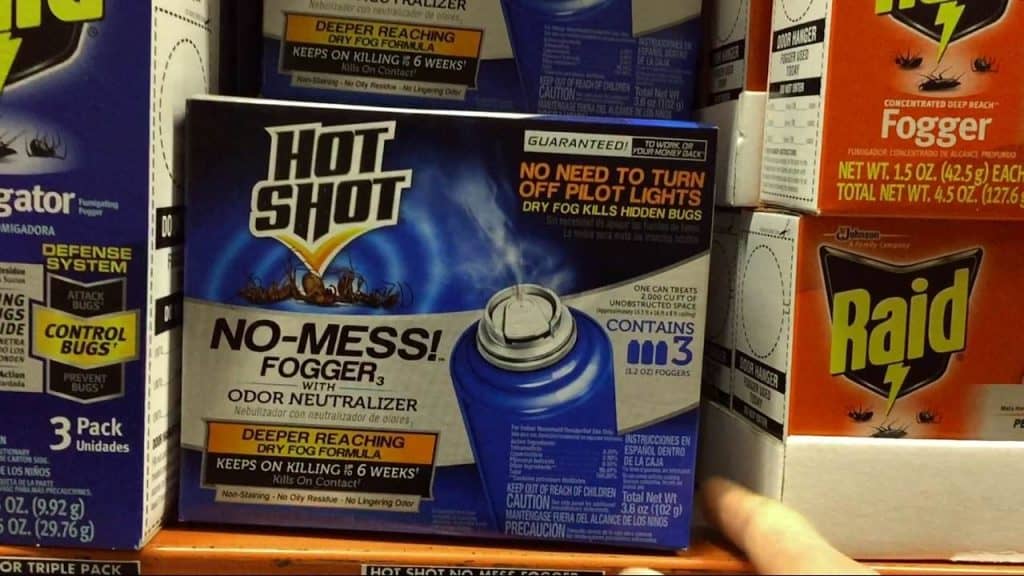
Cockroaches love to hide in dark places. Nooks and crannies are usually their favorite spots. These pesky crawlers can lurk under your couch or refrigerator, even behind wallpaper and in any moist area.
Roach bombs work by releasing the pesticide up into the air; therefore it is not effective at reaching those remote places. These are usually more successful at killing the nearby flying mosquitoes than the crawling cockroaches. The fogger can destroy a few of the venturing cockroaches, though. To kill the nest hidden behind your wallpaper, you might be better off trying other methods.
Some studies suggest that roaches are immune to many chemicals found in commercial pesticides and insecticides. Several insects are, in fact, able to withstand the poisonous chemicals we spray at them, by breaking the toxins down over time. Since cockroaches have survived more than 300 million years, humans are just another obstacle to get around.
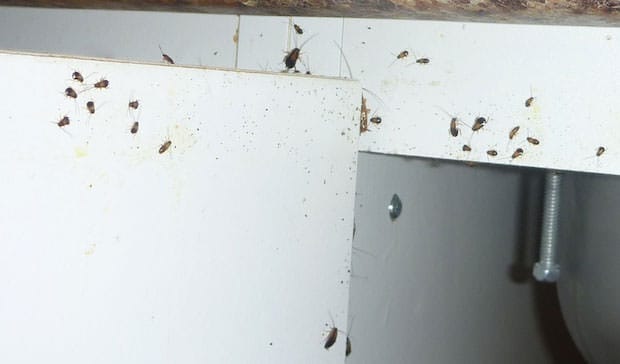
Other Effective Cockroach Control Methods
Roach Bait
Depending on the type you use, some baits contain poison mixed with food, whereas others work simply to attract the roaches. Baits are available as dust, paste, bait stations or gel formulations.
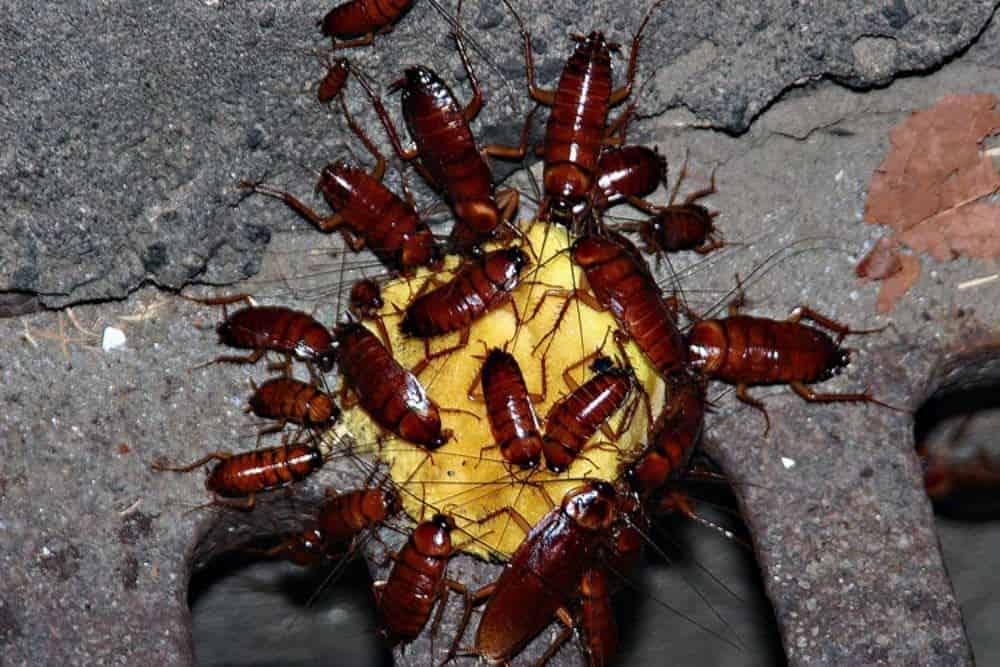
The most popular method is the bait station. The idea is that within the station lies a food source mixed with a toxicant. The cockroach consumes some of it before returning to its nest, where it dies. Nearby roaches begin to feed on the carcass and thereby eat poison and, eventually, die as well. This is of course not the quickest killer, but it does fight the issue from within.
Remember to place the traps away from children and pets. Although the amount of poison inside is minimal, it is still toxic and better to make sure contact is avoided altogether.
Gel baits work a bit differently. The formula generally comes in a tube, to easily apply it under baseboards and in cracks or crevices. Roaches will step on it and feed on the poison. The benefit of using gel baits is that you can apply the bait away from people and more within the vicinity of nearby roach territories.
Silica Gel & Boric Acid
Silica gel and boric acid come in the form of dust, which you can apply almost anywhere that you suspect cockroaches to be. These are usually sold in ‘squeeze bulb duster’ devices. It allows the individual applying it to get into cracks under the sink or stove, in electrical outlets and cabinets.
The silica gel looks similar to finely-ground sand. As the cockroach steps through it, the gel will then stick to the legs of the insect. Here, it absorbs the protective layer of wax that sits on the cuticle of the bug to keep it hydrated. Eventually, the roach dehydrates and dies.
Boric acid, on the other hand, is a stomach poison. This powder will also get stuck on the fine leg hairs. Then, as the cockroach proceeds to clean itself, it consumes the acid and dies shortly after.
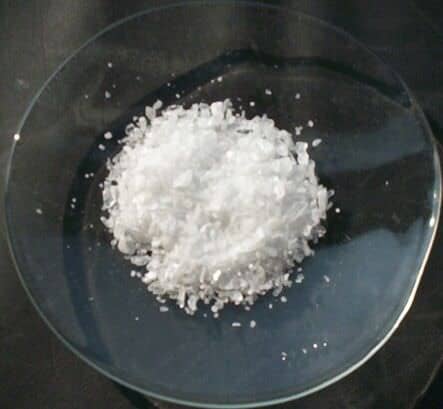
Both boric acid and silica gel are among the least toxic of cockroach management strategies. These should, however, still be applied away from tiny fingers and paws. Ingesting large amounts of boric acid has shown to cause nausea, vomiting, and diarrhea, among other unpleasant symptoms.
Insect Growth Regulators
The next control method sounds like something from Dr. Frankenstein’s laboratory. This method is not as quick as those listed above, but it is no less effective.
Insect growth regulators (IGRs) consist of certain chemicals which alter the growth and developmental stages of the juvenile cockroaches. These will hinder their development into adults. The current commercial concoction is called juvenile hormone analogs (JHAs).
JHAs will interfere with the last stages in development, as the juvenile cockroach becomes an adult. The result is an immature roach, or ‘adultoid’, incapable of reproducing. The idea is that over time there will be fewer adult cockroaches to breed.
These chemicals are harmless to humans and other mammals, therefore, they are safe to use around the house. JHAs generally come as a spray which you can diffuse into cracks and crevices with relative ease.
Traps
Traps are a non-chemical alternative. Commercial traps consist of some sticky paper that the crawling pests will step in and get stuck. These are easy to place anywhere, and especially useful under sinks and refrigerators or furniture. You can then leave the cockroach to die or step on it with a pair of heavy-duty boots.
Traps can also consist of baited jars, which are easy to make at home. You need an empty jar with a rounded inside lip, vaseline, paper towel, and bait.
Take the vaseline and coat the inner lip with a thin layer, this will be the trap. The bait can be a slice of bread soaked in beer, or even cookies and dog food. Place it inside and wrap the outside of the jar with a paper towel. Set the trap near your garbage or other places where you usually see the roaches wandering about.
Summary
Roach bombs or foggers can kill a few cockroaches, but they are not the solution to the entire infestation. Gel baits, traps or inorganic dust, such as silica gel and boric acid are better options. These are less harmful to humans and can reach the nooks and crannies where these pests love to hide. Natural cockroach repellents can also be a good choice when trying to keep them from entering certain areas.

